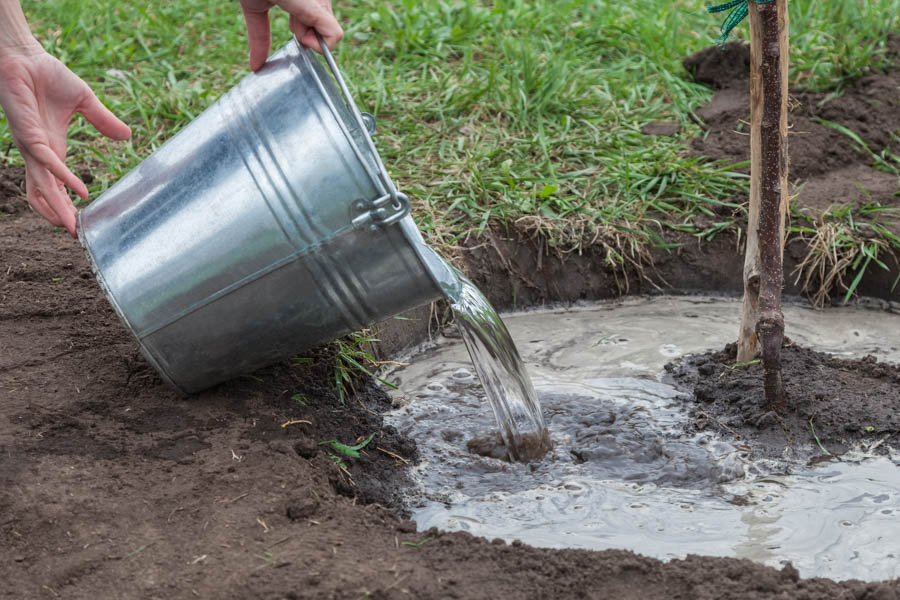Use These 5 Kitchen Items to Improve Your Garden Soil
Even if you can’t get to your local garden center, you have several items in your kitchen you can use to improve your soil. Here are five:
Crushed Eggshells
Those of us who cook, and a lot more of us are cooking at home these days, inevitably wind up with plenty of eggshells from morning eggs to pancakes to cake mixes. The heavy feeders in our garden, such as tomatoes, require calcium for optimal production. Eggshells are an excellent source of calcium; instead of throwing away your eggshells, collect them in a bowl, grind them in your Cuisinart and add them to your soil.
crushed eggshells
Powdered Milk
Powdered milk, an ingredient often required for bread or granola bar recipes, is also an excellent source of calcium. Once the powdered milk packages have passed their expiration date, add them to your soil.
Coffee grounds
Many gardeners add used coffee grounds to their compost bins, but used coffee grounds can be added directly to your soil to improve soil texture.
Tea Tree Oil
Tea tree oil is known for its antibacterial and anti-fungal properties. Powdery and downy mildew are the most common leaf-diseases of squash in many portions of California. They appear as a whitish circles or whitish layers on the upper or lower surfaces of leaves, yellowing or dead spots, or pale or yellow angular leaf sections, and may be mistaken for other problems, such as nutrient deficiencies. Powdery mildew is more commonly a problem in many parts of California than downy mildew, and especially prevalent later in summer or after periods of hot weather.
Some garden mildews can be discouraged by using a nontoxic homemade spray of one tablespoon each of baking soda and tea tree oil per quart of water, shaken vigorously and regularly as applied with a spray bottle. Gardenzeus recommends spraying plant leaves early in the morning and not during mid day in the summer when plants can be otherwise stressed.

Typical whitish circles of mildew
Vinegar
Most soils in California are somewhat alkaline, yet many of the plants in our garden enjoy soils that are slightly more acidic. This is true for an array of plants from everything from looseleaf lettuce to citrus trees. To determine the pH of your soil, see Tips for Testing Soil pH at Home with a Soil pH Meter and Mud Pies and Fizz: Easy Home Tests for Soil pH. To determine the pH preferences of the various plants in your yard, go to GardenZeus and enter your zip code, then go to the particular plant. Alkaline soils can be acidified with a solution of 1 tablespoon white vinegar per gallon of water used as a soil drench.

GardenZeus has customized information by plant and micro climate. To get started, enter your zip code here.
Other articles of interest:


